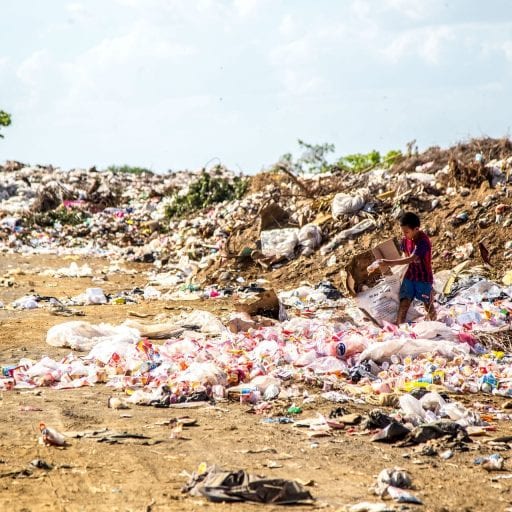Drew Grenier
Joe-Yee Yip
Peyton Graham
Molly Sykes
Professor San Martin (Water Energy-Food Nexus)
Topics in Environmental History
Robert Bullard is often described as the father of environmental justice. He is an award winning author of eighteen books that address sustainable development, environmental racism, urban land use, climate justice, and many more environmental topics. In addition to his award winning books, he has been the leading voice against environmental racism for decades. His works have inspired communities to take action and fight for environmental justice.
The publication by Robert Bullard is an analytical paper that aims to prove the existence of environmental racism within the deep south. This analytical paper is part of a larger work published in a book that overall analyzes the impact of race, class, and social justice in environmental policy.
The Deep South has traditionally been characterized as a region containing people of lower income, less educated, higher infant mortality rates, lower life expectancy and a dumping ground for the rest of the nation’s toxic waste. The differences between communities in the south and elsewhere results from institutional racism which influences local land use, enforcement of environmental regulations, industrial facility siting, and the locations in which people of color live, work, and play (Bullard 1990). Discrimination results in very different quality of life for whites and blacks. Environmental racism refers to any policy practice, or directive that differently affects or disadvantages (whether intended or unintended) individuals, groups, or communities based on race or color (Bullard 1990). Environmental racism influences the likelihood of exposure to environmental health risks as well as less access to health care. For example, Sunrise a predominantly black community in Louisiana is home to Placid Refining Company. In 1979, Placid initiated a program to buy out property of Sunrise residents, but did not offer the same opportunities for the town’s African American residents. As a result of this, the remaining individuals sued Placid and won. Placid offered the same opportunity for all members of the community with an additional $5,000 per household. Another example that supports the relationship between race and location of toxic industries is the town of Texarkana. The Carver Terrace neighborhood in Texarkana was home to middle-income African Americans. This neighborhood was built on a flood plain, even though city officials had knowledge of this. In 1980, the state of Texas discovered that the soil and groundwater were contaminated with chemicals commonly used in wood preserving (Bullard 1990). Members of the Carver Terrace community were forced to uproot from their homes and were federally compensated. This not only resulted in a loss of homes, but also a loss of community.
From Bullard’s research there is a clear statistical and geographic correlation between race, income, the location of toxic industries, and the rate of clean up and proper disposal within these southern communities. Many of these examples are further exemplified in the paragraph above. And while it is clear that the authors primary goal in this piece is to bring about the big picture behind the fact that industries are abusing the American South as ‘sacrifice zone’ for chemical production and waste, he avoids any notion relating to the fact that industry may coincidentally be utilizing the deep south for economic reasons when it comes to the price of land without any notion of race in mind. Bullard state, “Many of the polluting industries are located next to African American communities that were settled by former slaves–areas that were unincorporated and in which land was cheap”(Bullard, 1990). This brings about the proposal that themes of environmental racism could be vastly overlooked by the needs for industrial companies to acquire cheap parcels of land for production purposes that are often, and uncoincidentally, located in African American communities. Therefore it would be essential to examine the trends and correlations between the average prices of land acquired and or inherited in Southern America by both industries and people of color.
This work lines up a theme with the 1991 World Bank memo authored by Lawrence Summers. While Summers explicitly asks why the World Bank isn’t encouraging the further migration of wastes and dirty industry to “lesser developed countries”. In particular Summers expresses “I think the economic logic behind dumping a load of toxic waste in the lowest wage country is impeccable … I’ve always thought that under-populated countries in Africa are vastly UNDER-polluted” (Summers 1991). It suggests the mistreatment of colored communities on a global scale whereas Bullard’s chapter 5 addresses the issue within the American Deep South. Both very much applicable to the idea of a racist and classist and racist culture/ideology within Northern communities where toxic dumping on poor communities of culture is perfectly acceptable. Chapter 5 opens with quotes that express the South’s position as “the US third world, where “political bosses encourage outsiders to buy the region’s human and natural resources at bargain prices”. Further in the chapter, Bullard reinforces the basis of environmental racism and points out evidence of its existence. A point is also made for the unequal treatment in terms of environmental protection. In either the approach by Bullard or the text by Summers, a systematic ideology of outsourcing problems to communities of color viewed as “lesser” are widely apparent.
The work inspires new research questions to analyze other factors that may have been misinterpreted as racism instead of companies desire to make the greatest economic gains. For example the correlation between purchase of cheap land to its geographic location to poorer communities. Additional studies analyzing the health impacts between whites and African Americans would support the main conclusion that the environment impacts the livelihood of races differently due to the policy exploiting these lower income communities.
Citation: Bullard, R. D. (1990). Dumping in Dixie Race, Class, and Environmental Quality. Boulder: Routledge.
